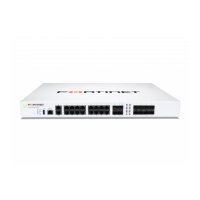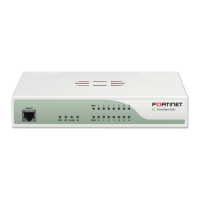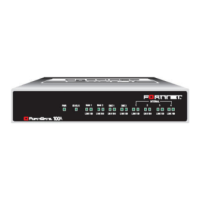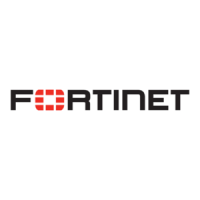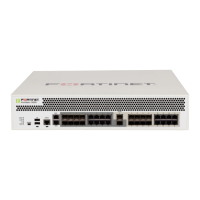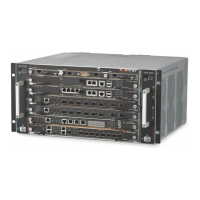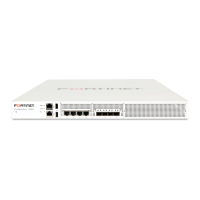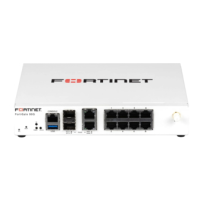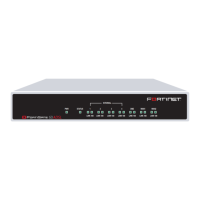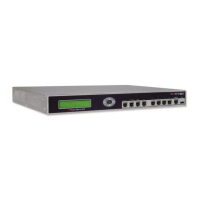Server mode deployment Example 3: FortiMail unit in DMZ
FortiMail™ Secure Messaging Platform Version 4.0 Patch 1 Install Guide
Revision 2 157
http://docs.fortinet.com/ • Feedback
4 Select NAT.
5 Select OK.
Configuring the email user accounts
Create email user accounts for each protected domain on the FortiMail unit.
You may choose to create additional email user accounts later, but you should create at
least one email user account for each protected domain in order to verify connectivity for
the domain.
To add an email user
1 Go to Settings > User > User.
If this menu path is not available, first select Basic >> to switch to the basic mode of the
web-based manager.
2 From Show Users Of Domain, select example.com.
3 Select Create New.
4 In User Name, enter the user name portion, such as user1, of the email address that
will be locally deliverable on the FortiMail unit (user1@example.com).
5 Select Password, then enter the password for this email account.
6 In Display Name, enter the name of the user as it should appear in a MUA, such as
"Test User 1".
7 Select OK.
Configuring the MUAs
Configure the email clients of local and remote email users to use the FortiMail unit as
their outgoing mail server (SMTP)/MTA. For local email users, this is the virtual IP address
on the internal network interface of the FortiGate unit that maps to the FortiMail unit,
172.16.1.2; for remote email users, this is the virtual IP address on the wan1 network
interface of the FortiGate unit that maps to the FortiMail unit, 10.10.10.1 or
fortimail.example.com.
If you do not configure the email clients to send email through the FortiMail unit, incoming
email can be scanned, but outgoing email cannot.
Also configure email clients to authenticate with the email user’s user name and password
for outgoing mail. The user name is the email user’s entire email address, including the
domain name portion, such as user1@example.com.
If you do not configure the email clients to authenticate, email destined for other email
users in the protected domain may be accepted, but email outgoing to unprotected
domains will be denied by the access control rule.
Testing the installation
Basic configuration is now complete, and the installation may be tested. For testing
instructions, see “Testing the installation” on page 159.
For information on configuring additional features, see the FortiMail Administration Guide.
Service Select local_email_users_services.
Action Select ACCEPT.
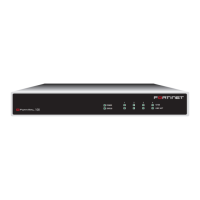
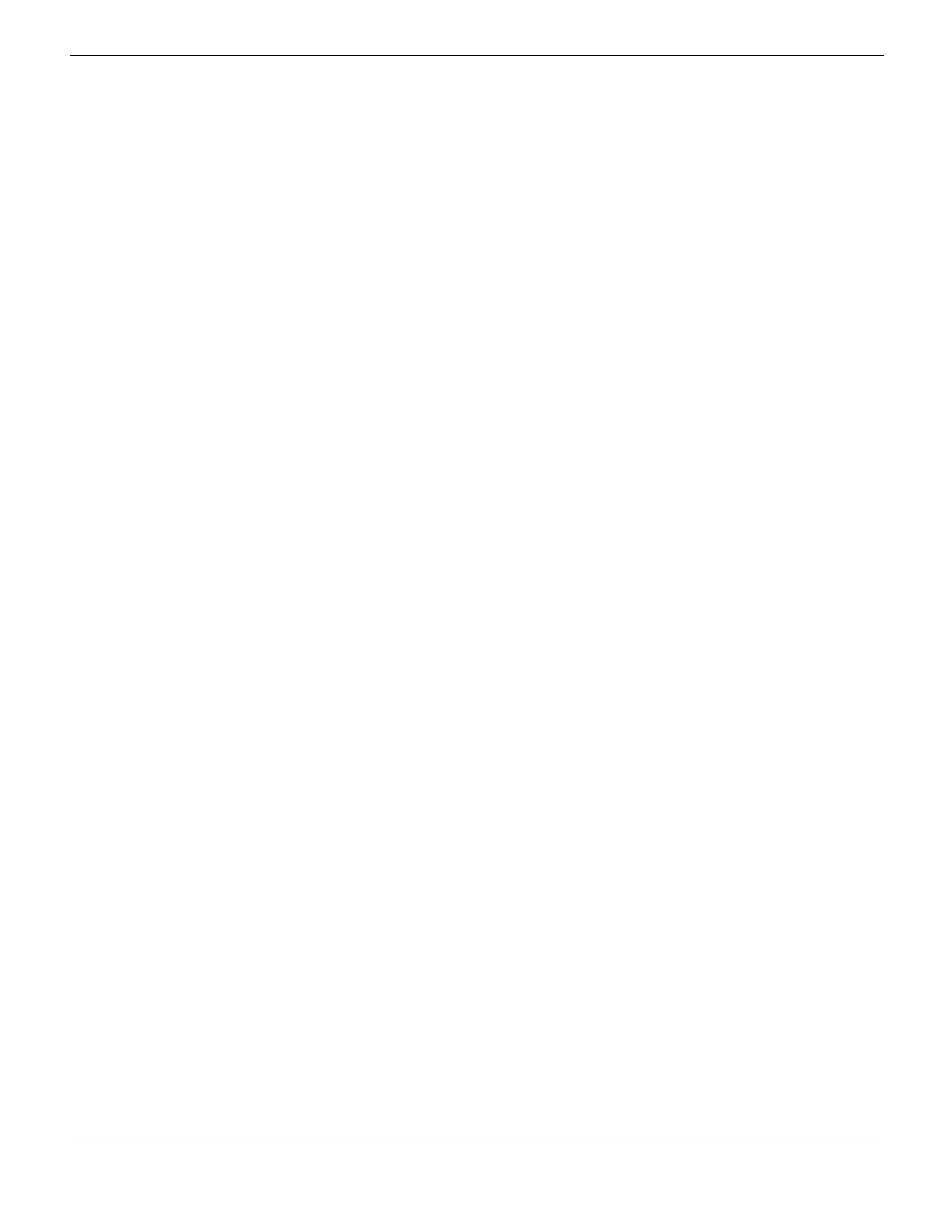